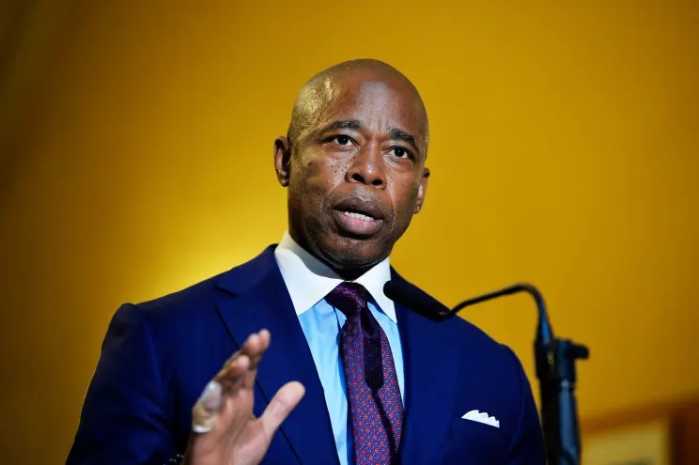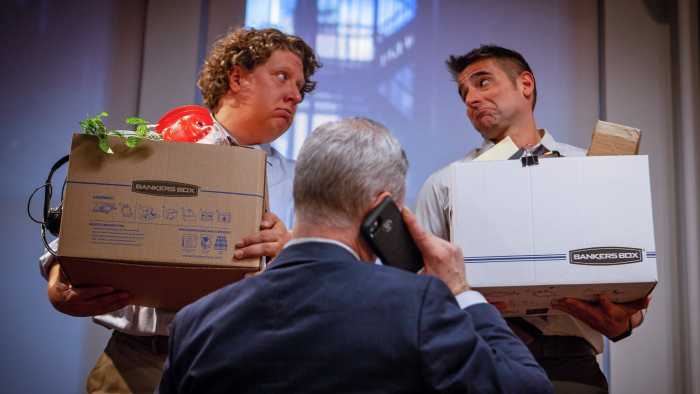Ding Ding is deputy division chief, Caribbean 1 Division, Western Hemisphere Department (WHD) at the International Monetary Fund (IMF), & Inci Otker currently works at the Western Hemisphere Department, IMF and is mission chief for St. Kitts and Nevis & Trinidad and Tobago and Division Chief of Caribbean III.
– The Caribbean economies have long recognized the value of working together. Improving regional integration—for instance, through more intraregional trade and policy coordination—can help the region’s small-size economies build greater resilience and scale, as well as enhance bargaining power on the global stage.
According to the latest IMF research, further liberalizing trade and labor mobility in the region can generate significant economic benefits—potentially over 7 percent of the region’s GDP in 2018.
While policymakers of the Caribbean Community* (CARICOM) remain committed to further integration and progress has been made, the implementation of integration initiatives and policies toward the goal of a regional economic union has been slow and needs to be accelerated.
Work in progress
Compared to other well-integrated regions, like the ECCU and EU, the Caribbean lags. The integration indices, which measure the degree of intraregional economic and institutional integration, suggest that Caribbean community’s integration has proceeded in several waves, with periods of integration followed by slowdowns in progress, including in removing remaining tariff and non-tariff barriers to trade and constraints on intraregional labor movement.
Financial integration has proceeded faster with tightly-interconnected financial systems across the region, but capital markets remain underdeveloped and fragmented. Harmonizing economic and structural policies to support a single economic space is still work in progress, with lacking harmonization and coordination of investment codes, tax incentives, and macroeconomic policies.
Pain points
Why has progress in regional integration been slow for the Caribbean? A combination of institutional, political economy, and structural factors underlie the slower implementation of integration policies.
The lack of a regional body with powers and accountability that can help transform community decisions to binding laws in individual jurisdictions is a key impediment. A decision-making process based on unanimity principle, where each member retains its sovereign authority, also hinders progress.
In the absence of a facilitating regional architecture, cooperation must rely on well-aligned national interests and shared goals, but national incentives do not seem to be well-aligned for integration, with its potential benefits perceived by some as uncertain, potentially uneven, and only materializing over a long horizon.
Differing export/production structures and income and development levels make it challenging to harmonize economic and structural policies around well-integrated policy frameworks.
Some regional authorities attribute the slow pace of implementation to a “crisis of will,” as much as to wasteful duplication and slow progress in harmonizing legal and institutional frameworks and to binding resource/capacity gaps.
A worthwhile goal
The Caribbean authorities broadly agree that integration should remain a top priority and greater collaboration is critical to tackle common challenges. It is important to capitalize on this momentum.
Recent IMF research finds that further liberalization of trade and greater labor mobility within the region can generate significant benefits.
A 25-percent reduction in non-tariff barriers and trade costs within CARICOM and vis-à-vis non-CARICOM trade partners can boost trade and improve welfare gain for all members—at about $6 billion, or 7.6 percent of the region’s GDP in 2018.
It can also help restructure economies from contracting to expanding sectors, resulting in a net employment gain across the region.
Way forward
Greater cooperation is the key to furthering regional integration in the Caribbean. While these economies’ small size and supply constraints may potentially limit benefits from economic integration, acting as a group can enhance the scale, bringing widespread benefits and helping the region further tap into global value chains.
That is, regional integration should not be an end-goal, but a means to an end of deepening Caribbean integration into the global economy.
At a time when momentum for economic integration seems to have stalled, close cooperation in high priority areas for the region can help demonstrate benefits of coordinated action and serve as a building block to the ultimate goal of full integration.
Key areas could include:
- Addressing impediments to institutional integration by harmonizing and rationalizing institutions and processes across the region and resolving resource / capacity constraints;
- Enhancing functional policy coordination in the areas of common challenges, including building climate resilience, containing violent crime, and coordinating tax policies and systems to limit harmful competition; and
- Facilitating an equitable distribution of benefits through well-structured, adequately resourced mechanisms to help realign national and regional interests;
-
- ensuring financial stability in an increasingly more interconnected financial system.
What is CARICOM?
*The Caribbean Community (CARICOM) is comprised of twenty countries (fifteen Member States and five Associate Members), mostly island states in the Caribbean stretching from the Bahamas in the north to Suriname and Guyana in South America. It was established by the English-speaking parts of the Caribbean in 1973 with the primary objectives to promote economic integration and cooperation among its members, ensure that the benefits of integration are equitably shared, and coordinate foreign policy. CARICOM is the oldest existing integration movement in the developing world.


























